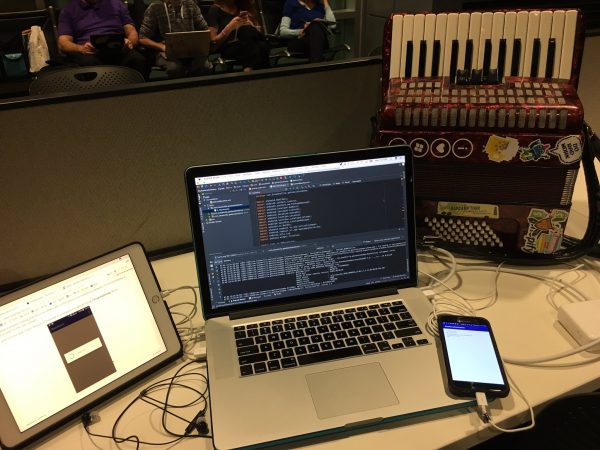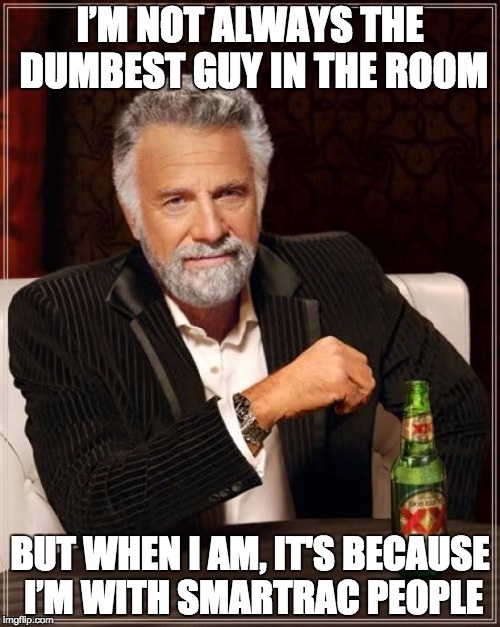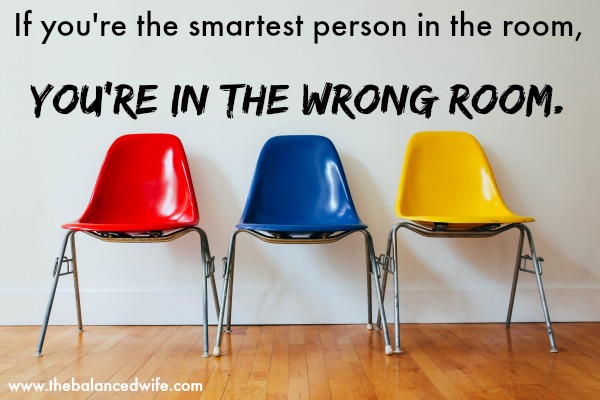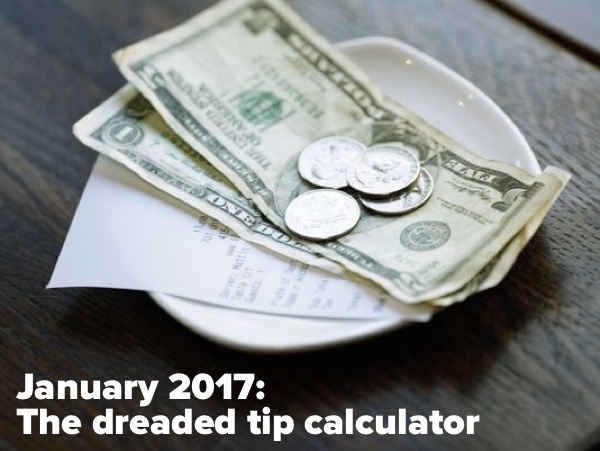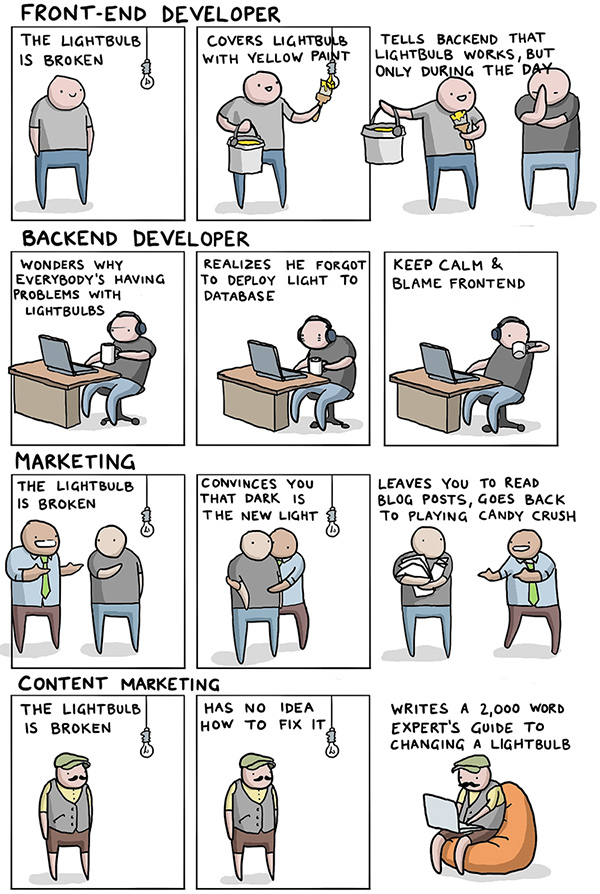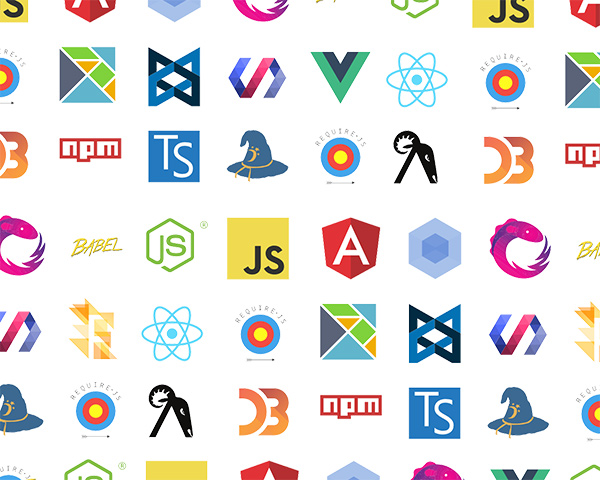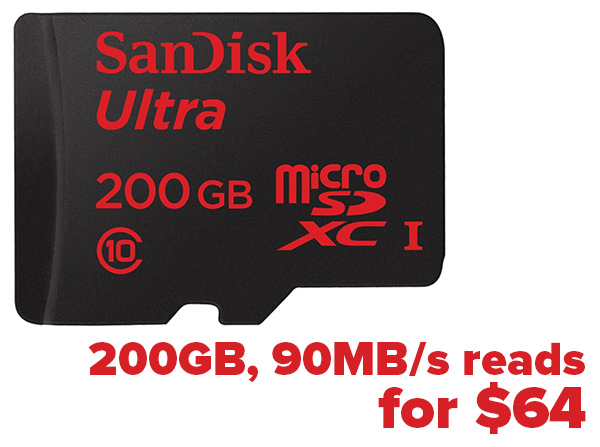

Another of my goals for this year is to considerably raise my proficiency with a programming language I thought I’d never use again, despite its ubiquity: Java.
Until last year — and by “last year”, I mean 2016 — I hadn’t done anything with Java since I looked like this…
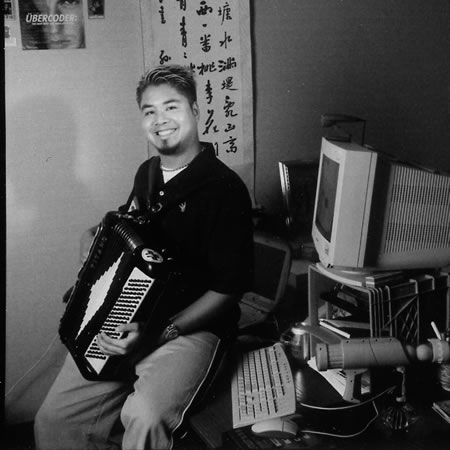
…and since the preferred Java IDE looked like this…

…and was distributed via something like this:
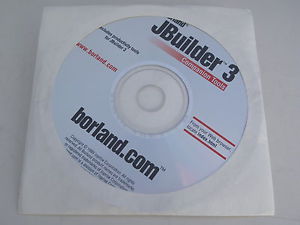
That all changed thanks to the Tampa iOS Meetup, a regular gathering for people interested in learning how to develop iOS apps:
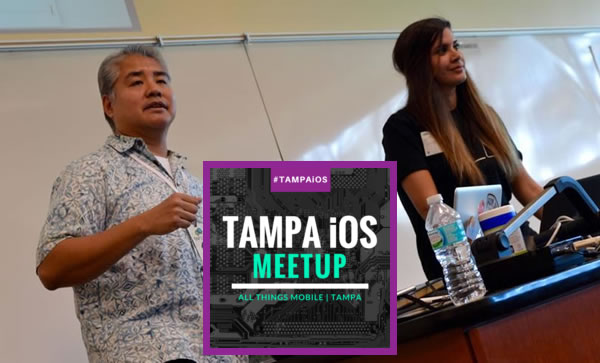
Angela Don and I started Tampa iOS Meetup in October 2015, fresh off a successful “Intro to iOS Programming with Swift” presentation at BarCamp Tampa Bay. The BarCamp presentation in turn was the result of our meeting at Ybor Tech OpenHack, a monthly gathering of programmers for conversation over beer at New World Brewery, one of Tampa’s better beer pubs.

The moral of the paragraph above is one I’ve been touting for years: if you want opportunities, you’ve got to network. One of my goals this year is to turn up my outreach, not just in the Tampa Bay area where I live, and not just nation-wide, but globally.
Java homework, after 16 years
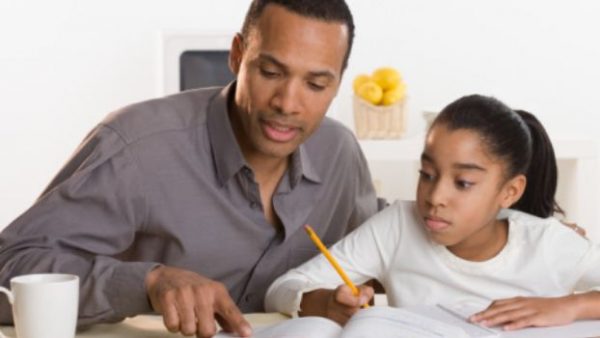
At one of the meetups, one of the attendees asked me for help with an assignment for a Java course he was taking. I told him that I’d be happy to help, but warned him that it had been over a decade since I’d written anything in it. While C# (with which I have more recent experience) is similar to Java, it’s not the same thing. He was undeterred, and we arranged to meet at a coffee shop, where I could help him as he did the assignment.
Our meeting never happened. Between putting in a lot of overtime at work and tending to his family in the remaining time, he didn’t have any time to do the assignment and didn’t even have any idea of where to begin.
“I need it by tomorrow. Could you do it for me? Just tell me your hourly rate, and I’ll pay you,” he said.
“Look, let me see if I can even do it first,” I replied. “We can talk money later.”
“I’ll send you my assignment,” he said, “and it has to be done using JavaFX.”
“JavaFX it is,” I said, making a mental note to Google the term.
The first assignment

After spinning my wheels for what felt like an eternity trying to get a project using JavaFX (which turned out to be a GUI library) running using Eclipse (a.k.a. the worst IDE ever), I switched to NetBeans and had a simple “Hello World!” program operational in a few minutes.
With what remained of the evening, I now had to do the actual assignment: given a full filename that the user enters, read the contents of that file, and then display all the words in that file in an alphabetically-sorted list.
A couple of hours later — and some Googling for reference material on Java Lists, file operations, and JavaFX UI elements — I surprised myself with a working program:
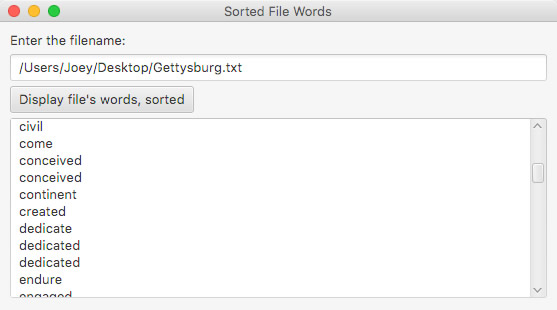
After cleaning up the code and adding some Javadoc comments in order to make it academically complete, I emailed him the code (for the curious, it’s on GitHub). A couple of days later, he told me that he got full marks for the assignment. I was pleased with myself, and thought that this would be my last encounter with Java.
One good assignment deserves another
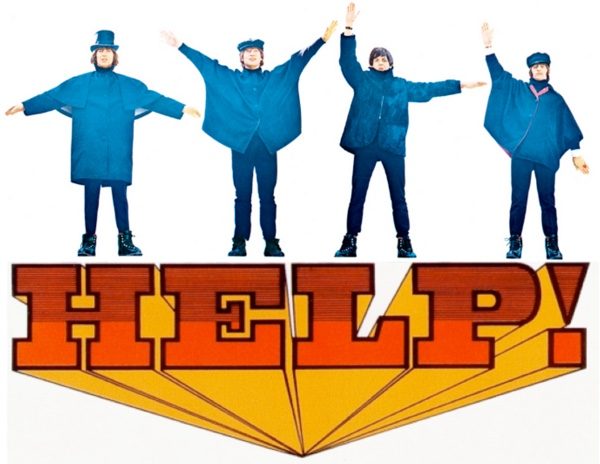
A couple of days later, he made a second call for help. I gave him a couple of pointers to put him in the right direction, but after a number of impassioned pleas, I ended up coding the whole thing. This time, it was a “states and capitals” quiz, complete with pop-up windows for right and wrong answers:
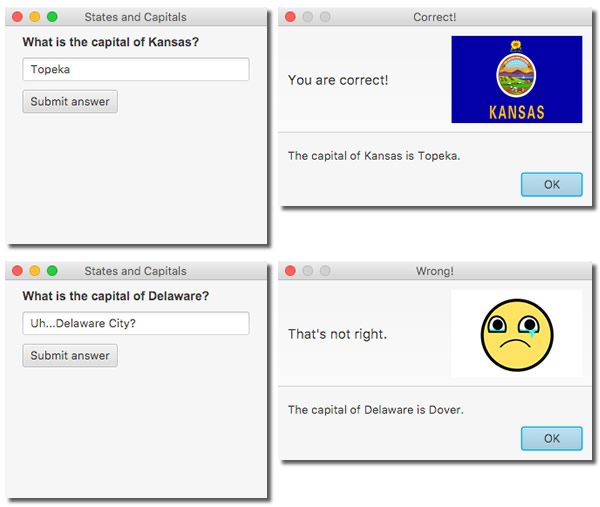
I used an Iterator to “step through” the set of states and capitals, which were stored in a Hashmap. I worried that using it might have been beyond the scope of the assignment, but it greatly simplified the code. My friend got full marks for the project, which you can find on GitHub.
The third time’s the charm
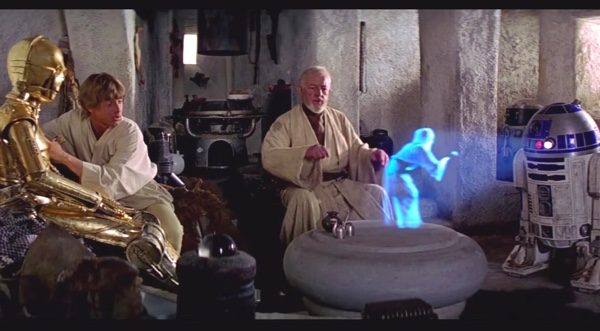
Good things come in threes, and with two assignments that earned full marks, my friend asked for help with the final assignment: the clichéd-yet-mandatory “access a database and display some of its contents” assignment. Here’s the text of the assignment, which for some reason was set in Comic Sans, which I’m sure is not the official font of Serious Database Work:
Create a JavaFX GUI that allows the user to retrieve records from the customers table in the “pcparts” database. The GUI should allow the user to specify desired fields, desired order, and a where condition. Display only the desired fields in the desired order for the desired where condition. You may display the records in the GUI in any way you wish.
This time, there wasn’t even any pretense that I’d provide tips and he’d write the program. I just told him to check his inbox later that night.
Here’s what my implementation looked like:
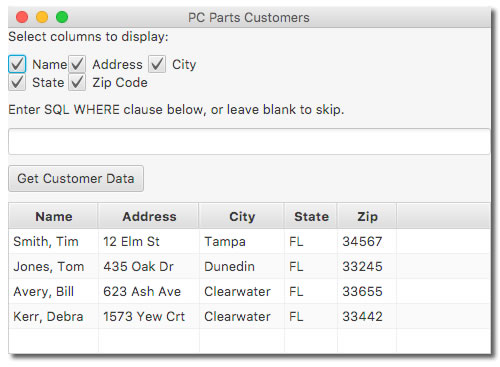
Once again, you can see it on GitHub.
As with the other two assignments, it was an evening’s worth of work, most of the time spent Googling for information about JDBC and Java ObservableLists. With the completion and submission of this assignment — and the full marks he got for it — my friend successfully completed his Java course.
“And that,” I thought, “will likely be the last I’ll see of Java for a while.” I decided that the projects shouldn’t go to waste sitting on my hard drive and posted them to my GitHub account, which needed some fattening anyway.
A headhunter comes a-callin’ (with a test)
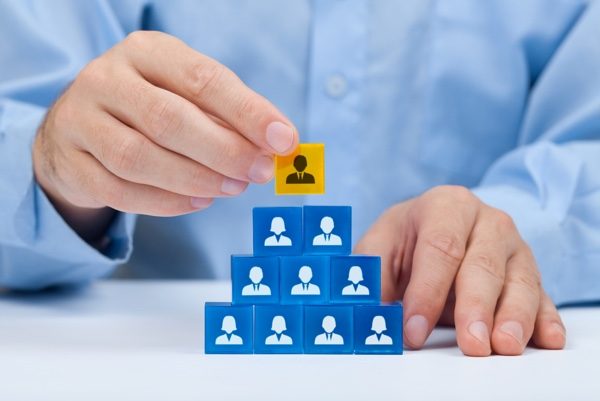
A couple of months later, I got an email from a recruiter. Thanks to my online presence, I get these on a regular basis, but this one was intriguing:
Hi Joey,
I’m an IT Recruiter with [recruiting company], I came across your profile and was impressed with your skills and background so I wanted to reach out to you regarding an exciting opportunity!
Our client is looking to hire a Developer Evangelist to join their growing team based out of Baltimore, MD. They are looking for someone that is passionate about technology and can provide code samples, white papers, blog postings, and other educational content in order to demonstrate the power of our client’s platform. The role is 50% travel but in between trips to trade shows and conferences all of the work would be remote.
Unlike most of the recruiting emails I get, this one seemed worth replying to, and a day later, I had a phone interview. It went well enough for them to ask me for a resume, references, and — horror of horrors — take a timed online Java proficiency test.
“And this is where I’ll get taken out of the running,” I thought. There’s been at least one time when I’ve failed a test on a language that I was comfortable with and used regularly; how the hell was I going to pass test for Java, which I’d made a career of avoiding and with which I hadn’t worked with in 16 years, with the exception of those homework assignments?
I still went along with the process and took the test. I managed to answer a number of its questions, and a lot of that was thanks to the Java practice I got from doing my friend’s assignments. Despite that, I figured I’d get the “Sorry, you didn’t make the cut” email in a couple of days.
Instead, I got a call: “Congratulations! The platform architect and product manager would like to schedule an interview with you.”
The interview

All my interviews were conducted via Skype. The first and most crucial one was with Product Manager Jason Rusk (to whom I report) and Platform Architect Robert van Voorhees. During the interview, Robert asked if I had anything posted on GitHub, especially in Java. I pointed him to the assignments, and he gave them a quick once-over.
“Good clean code, easy to follow, nice notes,” he said, nodding approvingly.
Approved!
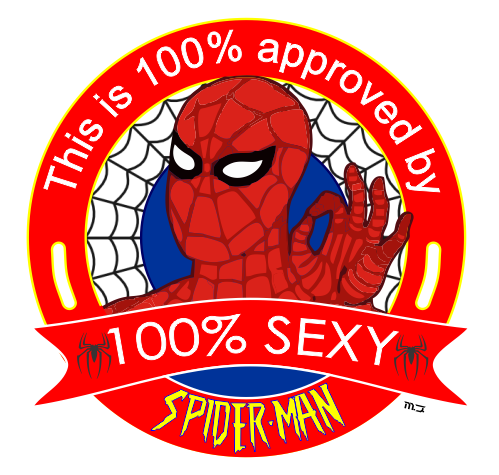
On the 15th of September, I got an email that started like this:
Hi Joey,
Congratulations again on your offer from SMARTRAC. I have attached a copy of your contract for you to look over. They would like to offer you an hourly rate of $[ask me in person over a beer]/hr and a conversion salary of $[again, ask me in person over a beer].
Moving forward
Smartrac’s Smart Cosmos platform is largely written in Java. While I’m not likely to contribute code to it, I’ll most certainly help partners and customers integrate with it. Furthermore, many of these other people may be coding in Java, and I’ll need to provide code samples in their language. Hence this year’s push to go back to Java after studiously avoiding it for nearly two decades.
Luckily for me, Smartrac hooked me up with IntelliJ IDEA Ultimate, a Java IDE that’s light-years better than NetBeans (and thousands of light-years better than Eclipse)…
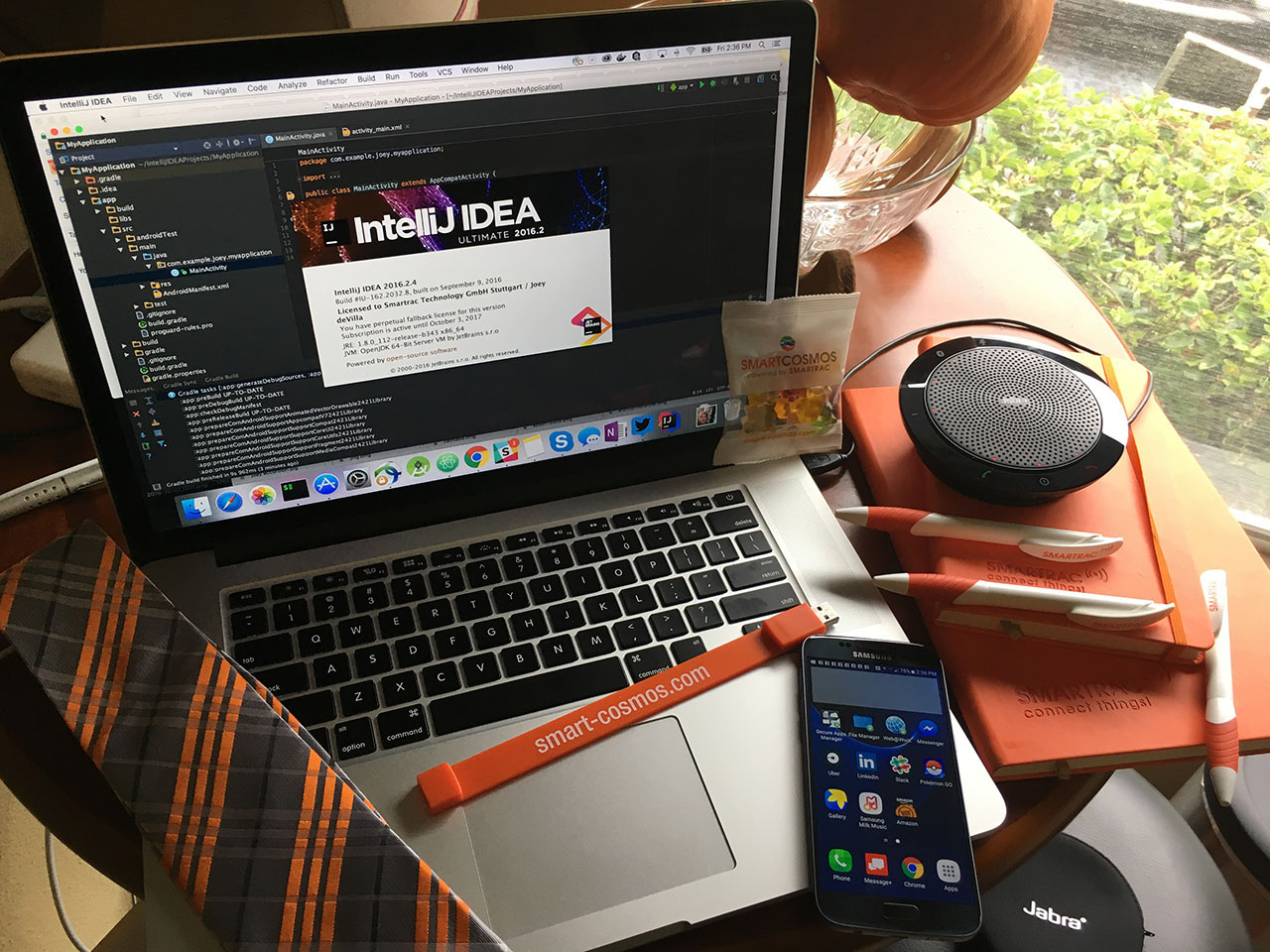
…and I’ve been making the most of my spare moments getting Java practice in the form of Android development. Even at the airport, when my flights are delayed by hours:

None of this would’ve come about had I not helped my friend with his homework, so I suppose another one of my 2017 plans should be to help people learn to code when I can. You never know how it’ll pay off!

